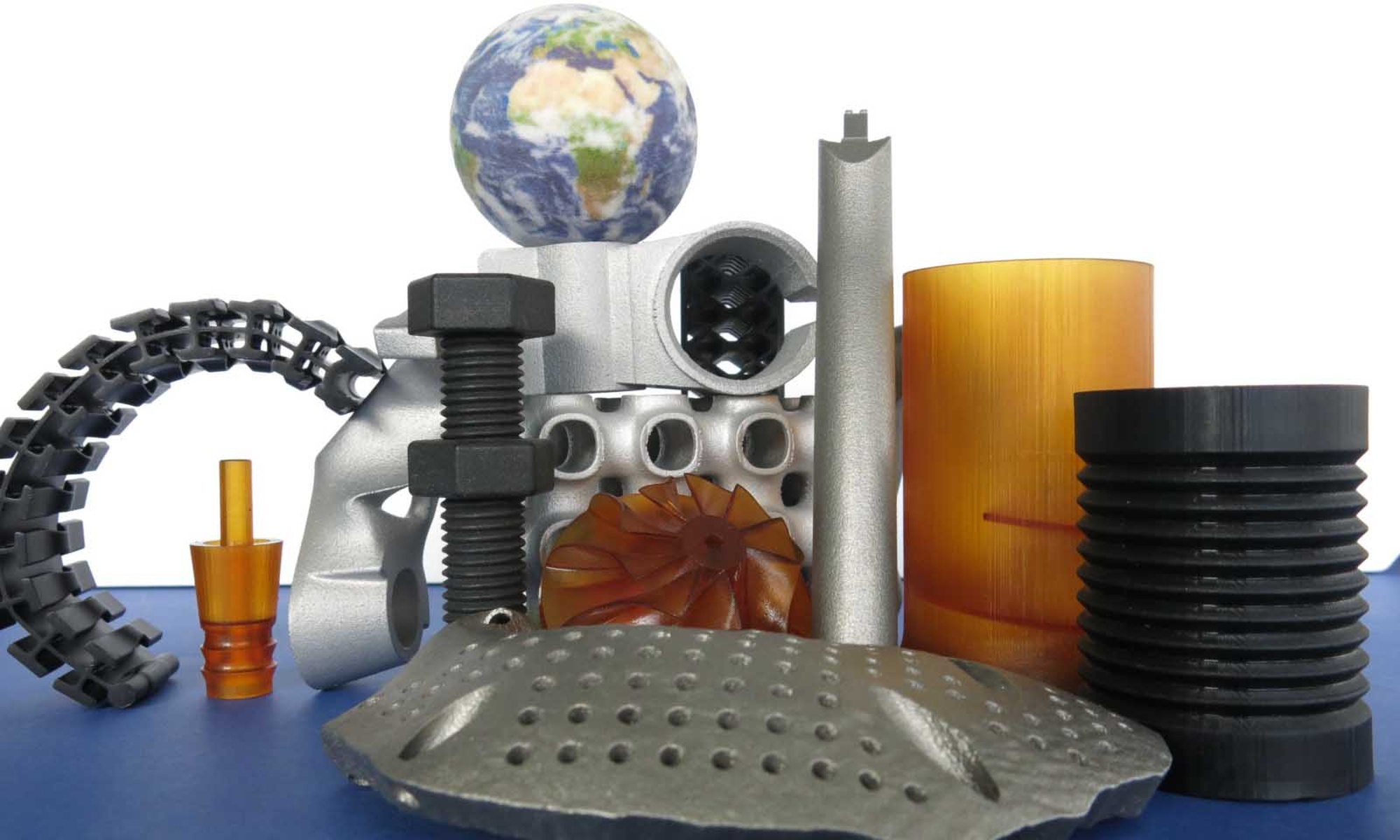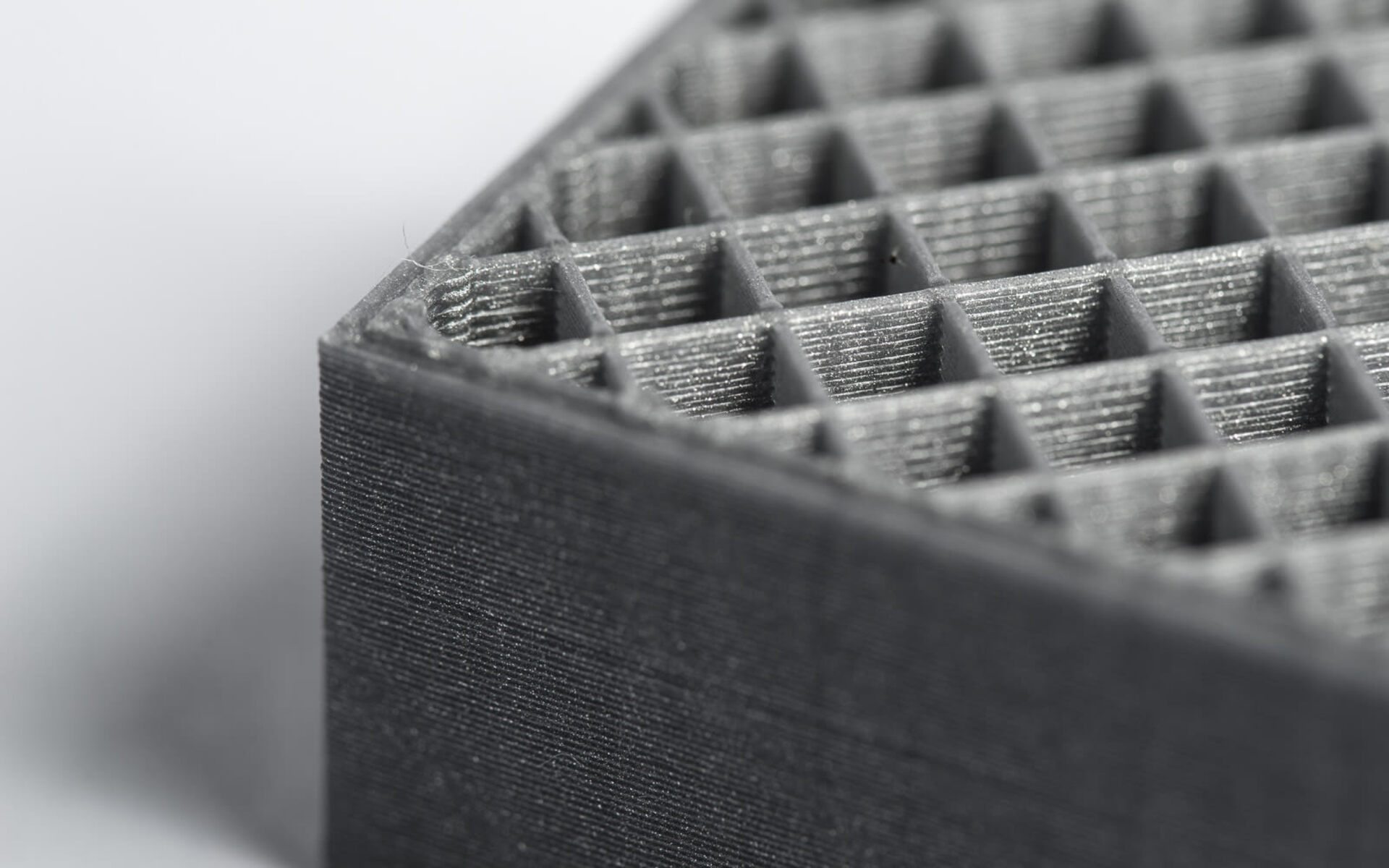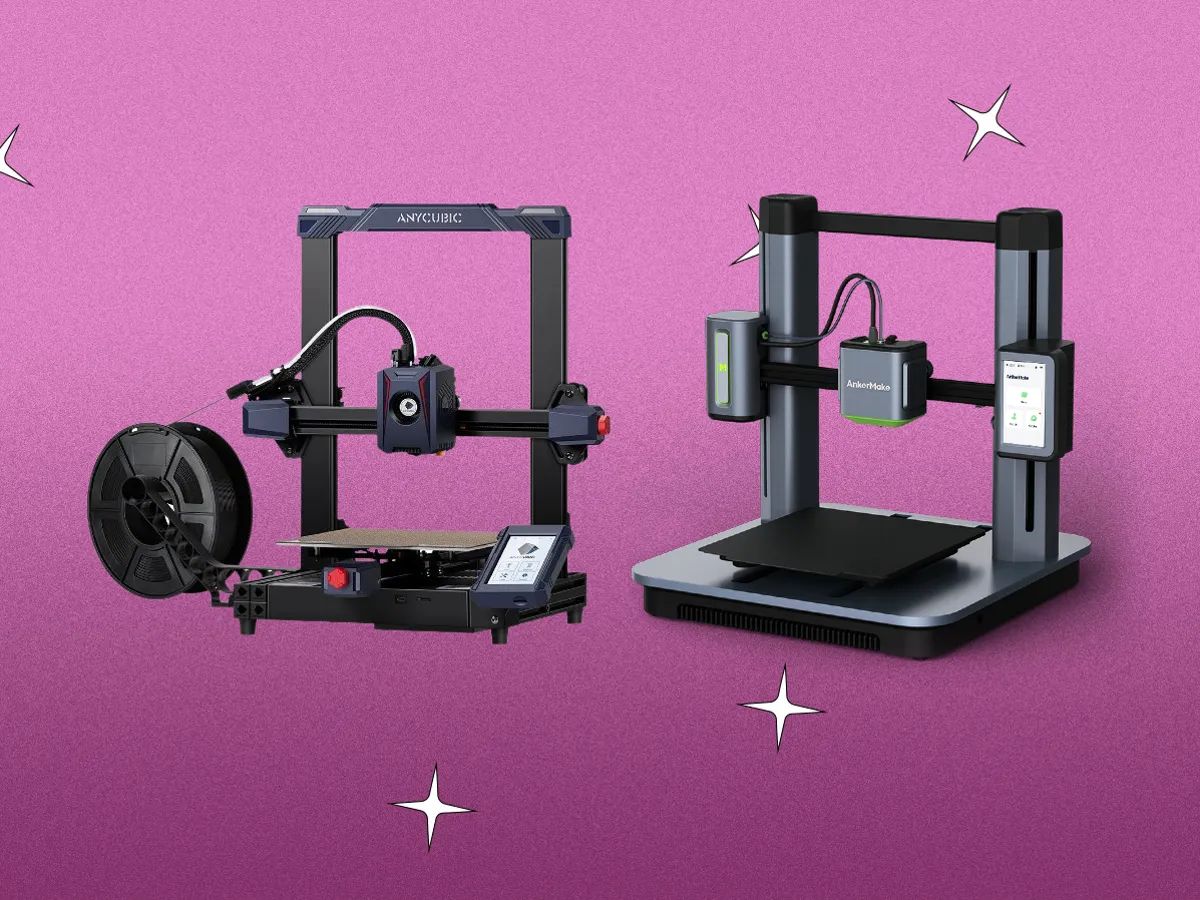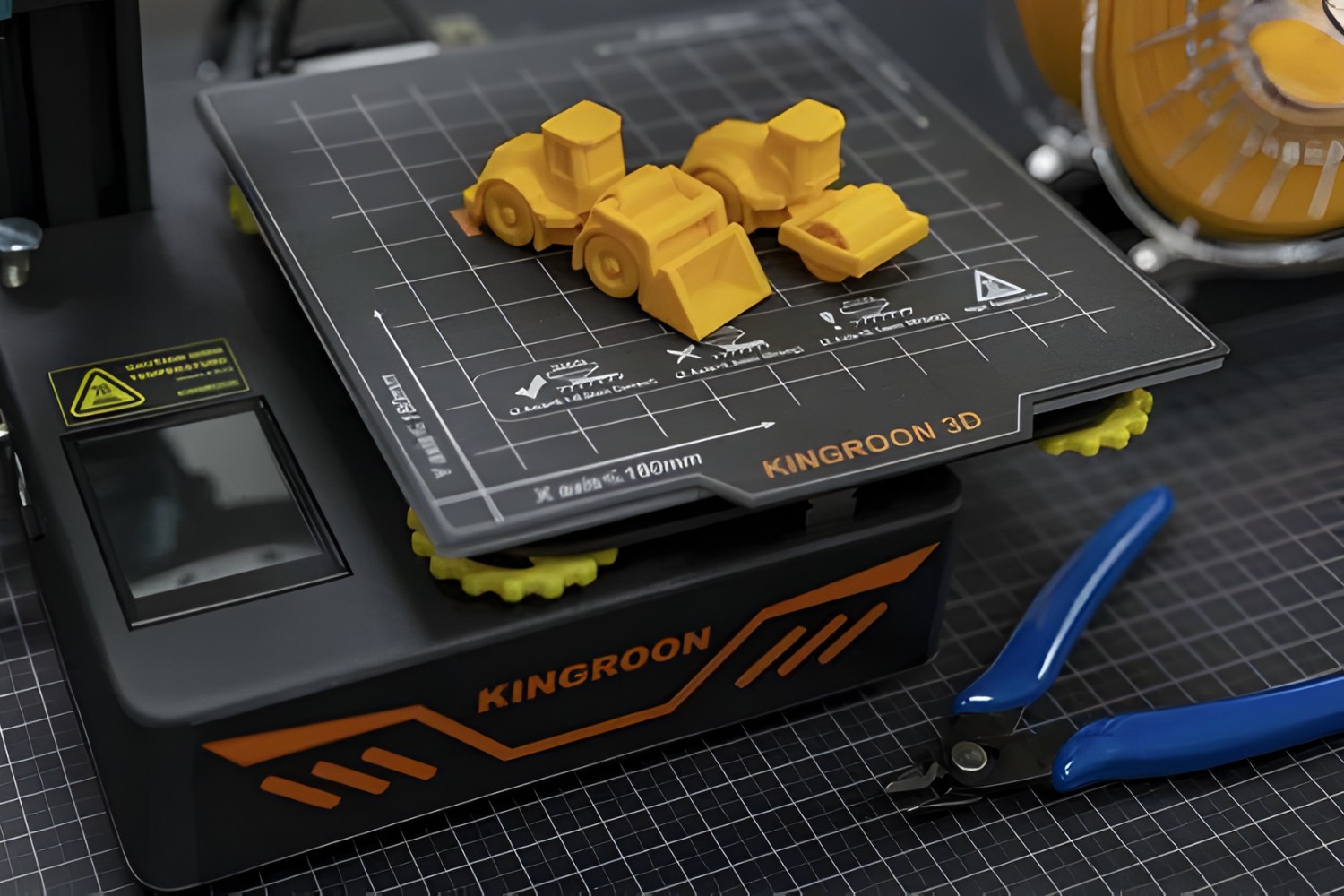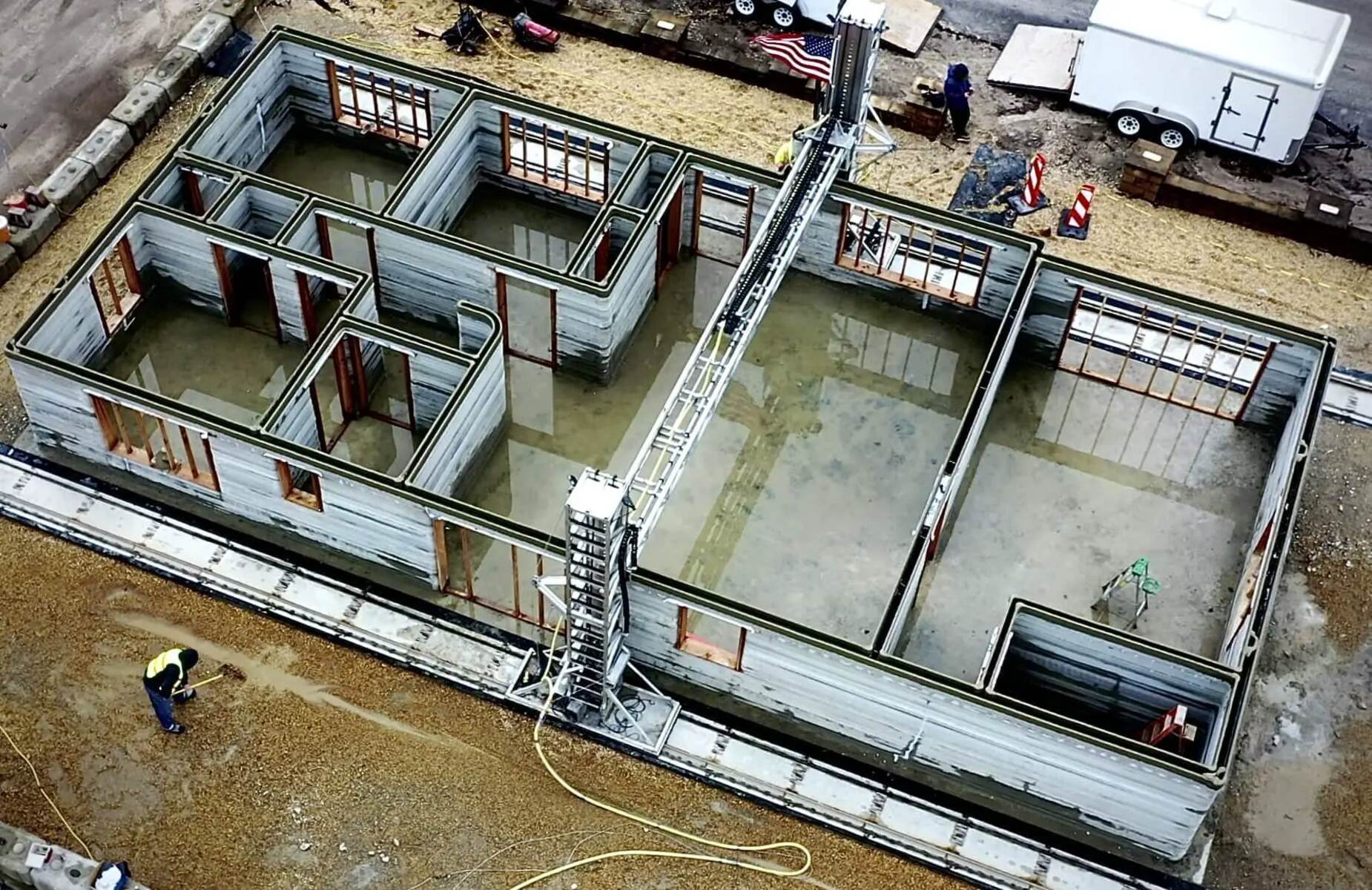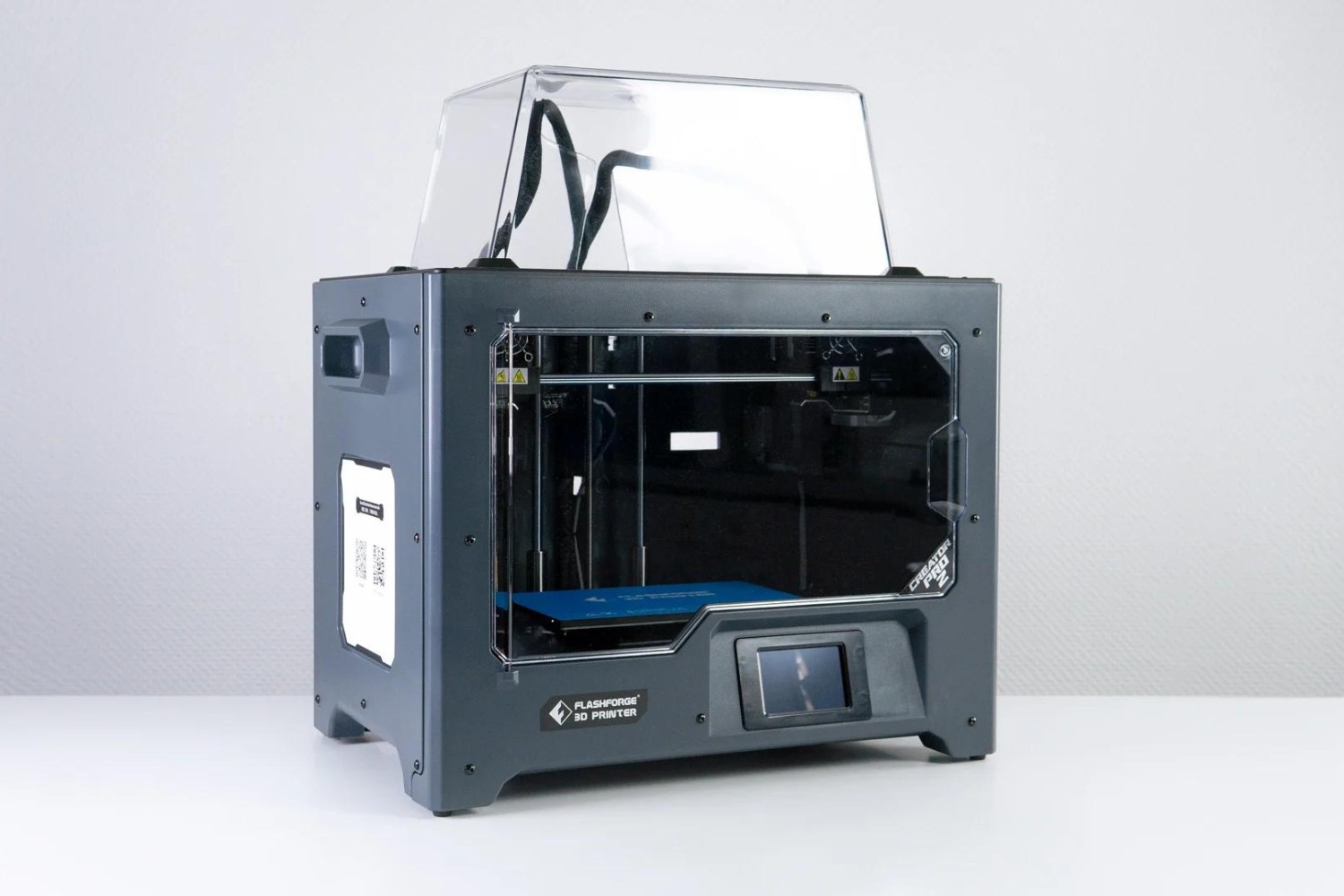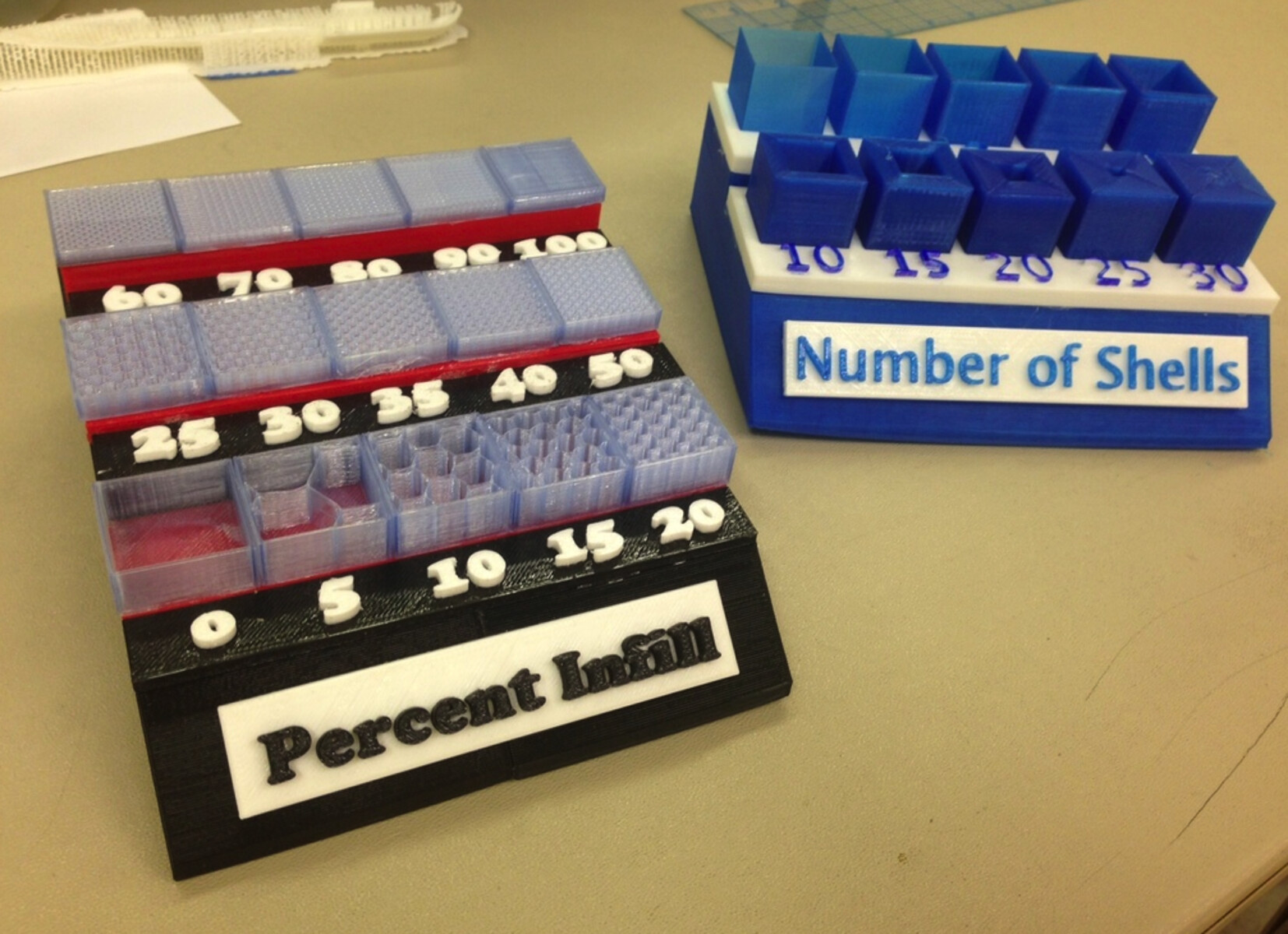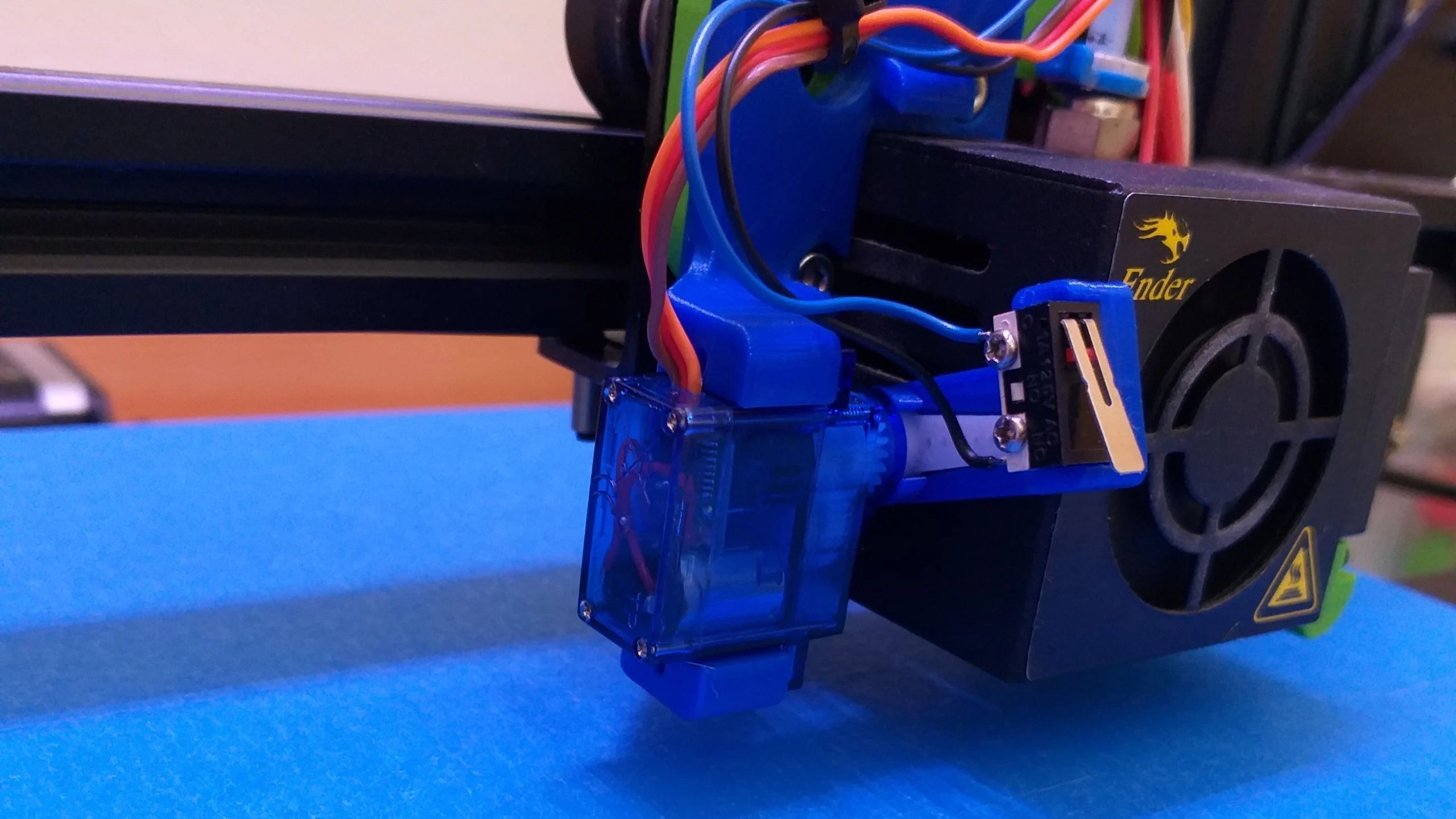Introduction
3D printing technology has revolutionized various industries, from manufacturing to healthcare, allowing for the creation of complex and customized objects. One aspect of 3D printing that has gained attention is flexibility, which refers to the ability of a printed object to bend, stretch, or deform without breaking. Flexible 3D printing materials offer a wide range of applications, from designing prototypes of flexible products to creating intricate models and structures that require flexibility.
Flexibility in 3D printing is influenced by several factors, including the type of material used, the design of the object, and the printing parameters. Different materials possess varying levels of flexibility, offering a diverse range of options for designers and engineers.
This article will explore the world of flexible 3D printing materials and highlight the factors that affect their flexibility. We will compare different types of flexible materials and provide insights into their strengths and usage. Additionally, we will discuss the applications of flexible 3D printed objects and provide best practices for successfully printing with flexible materials.
Whether you are a hobbyist, a professional designer, or an engineer, understanding the capabilities and limitations of flexible 3D printing materials is essential for creating functional and innovative objects. So, let’s dive into the world of flexibility in 3D printing and explore the possibilities!
What is flexibility in 3D printing?
Flexibility in 3D printing refers to the ability of a printed object to bend, twist, or deform under applied force without breaking or losing its structural integrity. Unlike rigid 3D printed objects, which are sturdy and inflexible, flexible 3D printed materials are designed to mimic the properties of rubber or elastomers.
The level of flexibility in a 3D printed object is determined by the composition and properties of the material used. Flexible 3D printing materials are typically made from thermoplastic elastomers (TPE), thermoplastic urethanes (TPU), or similar polymers that exhibit both elastic and plastic properties.
Flexibility in 3D printing offers several advantages. It allows for the creation of objects with intricate geometries and complex designs that can undergo deformation or stretch. This makes flexible materials ideal for applications where objects need to conform to irregular shapes or withstand movement and bending without breaking. Examples include wearable technology, automotive components, medical devices, and soft robotics.
Moreover, the ability of a 3D printed object to flex and deform means that it can absorb and distribute stress more effectively, reducing the risk of breakages or fractures. This makes flexible 3D printed objects more durable and resistant to impact compared to their rigid counterparts.
It is important to note that flexibility in 3D printing is not limited to a single level of elasticity. Different materials can offer different degrees of flexibility, ranging from highly flexible to semi-flexible. The level of flexibility can be adjusted by modifying the printing parameters, such as infill density, layer height, and print speed.
In the next section, we will explore the factors that affect the flexibility of 3D printed materials. Understanding these factors is crucial for selecting the right material for your specific application and achieving the desired level of flexibility in the printed objects.
Factors that affect the flexibility of 3D printed materials
The flexibility of 3D printed materials can be influenced by several factors, including the type of material used, the design and structure of the object, and the printing parameters. Understanding these factors is crucial for achieving the desired level of flexibility in 3D printed objects.
Type of Material: The choice of material has a significant impact on the flexibility of 3D printed objects. Thermoplastic elastomers (TPE) and thermoplastic urethanes (TPU) are commonly used materials for flexible 3D printing due to their elastomeric properties. These materials can undergo deformation and exhibit excellent elasticity while maintaining their structural integrity. However, it’s important to note that not all TPE or TPU filaments are created equal. Different brands or formulations may provide varying levels of flexibility, so it’s essential to select the right material for your specific needs.
Design and Structure: The design and structure of the object play a crucial role in its flexibility. Thin and lightweight designs tend to be more flexible compared to bulky and solid structures. Incorporating features such as hinges, lattices, or interlocking parts can enhance the flexibility of the printed object. Additionally, adjustable infill density and variable layer height can create regions of varying flexibility within the same object.
Printing Parameters: The printing parameters, including layer height, infill density, print speed, and temperature, can impact the flexibility of 3D printed objects. Increasing the infill density can provide more structural support and make the object less flexible. On the other hand, decreasing the infill density can create a more flexible and lightweight object. Fine-tuning the printing parameters based on the desired level of flexibility is crucial to achieve the desired outcome.
Post-Processing: Post-processing techniques can also affect the flexibility of 3D printed objects. Certain techniques such as annealing or heat treatment can alter the internal structure and molecular arrangement of the material, resulting in improved flexibility. Additionally, using additives or coatings can enhance the flexibility or modify the surface properties of the object.
By considering these factors and adjusting the printing parameters accordingly, it is possible to create 3D printed objects with a wide range of flexibility. This flexibility opens up numerous possibilities for applications in various industries, including automotive, medical, aerospace, and consumer products.
Next, we will delve into the different types of flexible 3D printing materials available in the market and explore their unique characteristics and applications.
Different types of flexible 3D printing materials
Flexible 3D printing materials come in various types, each offering unique properties and characteristics. Let’s explore some of the most popular types:
Thermoplastic Elastomers (TPE): TPE is a versatile and widely used material for flexible 3D printing. It exhibits excellent elasticity, making it suitable for applications that require objects to stretch and deform without losing their shape. TPE is commonly used in industries such as footwear, automotive, and consumer products.
Thermoplastic Polyurethane (TPU): TPU is another popular material known for its elasticity and toughness. It offers good abrasion resistance and can withstand repeated bending and stretching. TPU is commonly used in applications like phone cases, seals, and gaskets.
Flexible Resin: Flexible resin is a liquid photopolymer that can be used in SLA (Stereolithography) or DLP (Digital Light Processing) printers. It provides high resolution and exceptional flexibility, allowing for the creation of detailed and bendable objects. Flexible resin is often used in industries such as jewelry, design, and prototyping.
Flexible Filament: Flexible filaments, such as those made from Ninjaflex or FlexPLA, are PLA or PETG-based materials that are blended with additives to increase flexibility. These filaments can be used in FDM (Fused Deposition Modeling) printers and offer a balance between flexibility and ease of printing. They are commonly used in applications where a combination of flexibility and structural support is required.
Flexible Metal Filament: Flexible metal filaments, such as those infused with bronze or copper, allow for the 3D printing of objects with a metallic appearance and flexible properties. These materials are often used in artistic and decorative applications.
Each of these flexible materials has its own unique set of properties, and the choice of material depends on the specific requirements of your project. It’s important to consider factors such as flexibility, durability, printability, and post-processing options when selecting the appropriate material.
In the next section, we will compare the different types of flexible 3D printing materials and discuss their strengths and applications in more detail.
Comparison between flexible 3D printing materials
When it comes to flexible 3D printing materials, each type has its own unique properties and characteristics. Let’s compare some of the popular flexible materials to understand their strengths and applications:
Thermoplastic Elastomers (TPE): TPE is highly flexible and exhibits excellent elasticity. It can be stretched and bent without losing its shape, making it suitable for applications that require repeated movement. TPE is commonly used in industries such as footwear, automotive, and consumer products that require objects to withstand bending and stretching over time.
Thermoplastic Polyurethane (TPU): TPU also offers high flexibility and durability. It has good abrasion resistance and can withstand repeated bending without losing its structural integrity. TPU is commonly used in applications like phone cases, seals, and gaskets that require both flexibility and resistance to wear.
Flexible Resin: Flexible resin is a liquid photopolymer that provides exceptional flexibility and high resolution. It is ideal for applications that require intricate details and fine surface finishes. Flexible resin is often used in industries such as jewelry, design, and prototyping where precise and bendable objects are needed.
Flexible Filament: Flexible filaments, such as Ninjaflex and FlexPLA, offer a balance between flexibility and ease of printing. They are PLA or PETG-based materials blended with additives to increase flexibility. These filaments are commonly used in applications where a combination of flexibility and structural support is required. They can be used in various industries, including engineering, robotics, and consumer products.
Flexible Metal Filament: Flexible metal filaments combine the aesthetics of metal with flexibility. They allow for the 3D printing of objects with a metallic appearance and the ability to bend or deform. These filaments are often used in artistic and decorative applications where a unique combination of flexibility and metallic appearance is desired.
When choosing a flexible 3D printing material, consider factors such as the level of flexibility required, durability, printability, post-processing options, and the specific needs of your project. It’s also important to check compatibility with your 3D printer, as certain materials may require specific hardware or modifications.
By comparing the different flexible materials, you can find the one that best suits your project’s requirements and deliver the desired level of flexibility and performance. In the next section, we will dive into the applications of flexible 3D printed objects and explore how they are making an impact across various industries.
Applications of flexible 3D printed objects
Flexible 3D printing materials have a wide range of applications across various industries. Let’s explore some of the common applications where the use of flexible 3D printed objects is making a significant impact:
Wearable Technology: Flexible materials are crucial in the design and production of wearable technology. From fitness trackers to smart clothing, flexible 3D printed objects allow for comfortable and form-fitting designs that can withstand movement and deformation. One example is the development of customized prosthetic covers or orthotic devices that provide both flexibility and support.
Soft Robotics: Flexible materials play a vital role in the field of soft robotics, where robots are designed to mimic the flexibility and adaptability of living organisms. 3D printed soft robot components, such as grippers, actuators, and sensors, can be made from flexible materials to allow for precise and gentle manipulation of objects. These robots can navigate complex environments and perform delicate tasks with ease.
Medical Devices: Flexible 3D printed objects find applications in the medical field, such as the production of custom-fit orthotics and prosthetics. The ability to create flexible medical devices that conform to the patient’s unique shape ensures a more comfortable fit. Additionally, flexible materials are used in the production of anatomical models for surgical planning and training purposes.
Prototyping and Product Design: Flexible 3D printing materials are valuable in the prototyping and product design phase. They allow designers and engineers to create prototypes of flexible products and test their functionality and ergonomics before mass production. This reduces time, cost, and material wastage in the product development process.
Automotive Industry: In the automotive industry, flexible materials are used for the production of components such as hoses, seals, gaskets, and interior parts. These materials can withstand vibrations, movement, and temperature variations, providing resilience and durability in demanding environments.
Fashion and Accessories: Creative and functional fashion accessories can be 3D printed using flexible materials. From flexible jewelry to custom phone cases and wallets, flexible 3D printing allows for the production of unique and customizable products with intricate designs and patterns.
These are just a few examples of the wide range of applications for flexible 3D printed objects. As the technology continues to advance, we can expect to see even more innovative uses in various industries.
In the next section, we will provide some best practices for successfully 3D printing with flexible materials to help you achieve optimal results.
Best practices for printing flexible materials
3D printing with flexible materials requires specific considerations and techniques to ensure successful prints. Here are some best practices to follow when working with flexible filaments or resins:
Printer Calibration: Proper calibration of your 3D printer is crucial when printing with flexible materials. Make sure that the nozzle height and bed leveling are accurately set to avoid uneven extrusion and adhesion issues.
Print Speed: Slow down the print speed when working with flexible materials. Slow speeds help to minimize the risk of filament slipping or buckling, resulting in more precise and consistent prints.
Retraction Settings: Adjust the retraction settings in your slicer software to prevent oozing or stringing. Reduced or disabled retraction may be necessary for some flexible materials, as excessive retraction can cause the filament to buckle or get stuck.
Print Temperature: Finding the optimal print temperature is key when working with flexible materials. Start with the manufacturer’s recommended temperature and make small adjustments to fine-tune the print settings based on your specific material and printer setup.
Print Bed Adhesion: Ensuring proper bed adhesion is essential to prevent warping or lifting during the print. Consider using a heated bed, if available, and apply appropriate bed adhesion aids like a raft or a brim to improve adhesion for successful printing.
Support Structures: In some cases, support structures may be necessary when printing with flexible materials, particularly for overhangs or intricate designs. However, removing supports from flexible prints can be challenging. Consider using soluble supports or manually removable supports for easier post-processing.
Flexibility and Layer Height: Adjust the layer height to balance the desired level of flexibility with print quality. Smaller layer heights can improve the flexibility, but they may also increase the print time and require more precise calibration.
Post-Processing: After printing, avoid excessive force or bending when removing the object from the print bed or support structures. It is recommended to let the print cool down completely before handling or post-processing to ensure the material retains its desired flexibility.
Storage and Handling: Flexible filaments and resins can be sensitive to moisture and environmental conditions. Store them in airtight containers with desiccants to prevent moisture absorption. Handle the filament or resin with clean and dry hands to avoid any contamination that could affect print quality.
By following these best practices, you can enhance your chances of achieving successful prints with flexible materials. Experimentation, patience, and fine-tuning of settings may be necessary to optimize the results for your specific materials and printer.
Now that you have learned about the best practices, you are ready to embark on your journey of successfully printing flexible 3D objects!
Conclusion
Flexibility in 3D printing opens up a world of possibilities, allowing for the creation of objects that can bend, stretch, and deform without breaking. By understanding the factors that affect flexibility, the different types of flexible materials available, their applications, and best practices for printing, you can leverage this technology to its fullest potential.
Whether you’re a designer, engineer, hobbyist, or part of an industry-specific team, flexible 3D printing materials offer numerous advantages. From wearable technology and soft robotics to medical devices and prototyping, the applications are vast and diverse.
When selecting a flexible material for your project, consider the specific requirements, such as the desired level of flexibility, durability, and post-processing options. Experimentation and fine-tuning of printing parameters are often necessary to achieve optimal results.
Remember to calibrate your printer, adjust print settings for flexible materials, and practice proper storage and handling techniques. By following these best practices, you can increase your chances of successfully printing flexible objects and harnessing the full potential of this technology.
So, embrace the world of flexibility in 3D printing and explore the possibilities it offers. Let your creativity soar, and bring your innovative designs to life with flexible 3D printed objects!









